Serve the public trust, protect the innocent, uphold the law.
Like Terminator, Aliens, and Predator, RoboCop is an unabashed product of the 80s. Its combination of satire and ultra-violence cemented it as an instant classic while making RoboCop himself a pillar of pop culture. While the character would be part of four major motion pictures and additional television productions, the original actor, Peter Weller, would only be involved with the initial two films, despite being the only actor immortalized in the role. So, when RoboCop: Rogue City was first announced, it would have Weller reprising the iconic Alex Murphy, bringing a level of true authenticity to what the studio was attempting to achieve.
Developer Teyon has dipped their toes in the 80’s action flick waters before with both Rambo and Terminator, a pair of games with questionable quality, but experiences that indicated that the studio was nonetheless passionate about the source material. This is abundantly clear with RoboCop: Rogue City, and I would even go as far as to say that Rogue City might be the most authentic licensed game in well over a decade. Its commitment to having it take place between RoboCop 2 and 3 is clear to fans of the franchise, allowing it to feel like a scrapped sequel that was lost to time.
As Old Detroit has a new player in town, various gangs attempt to up their game to get noticed, kickstarting a rise in crime that can only be solved by one man; RoboCop. RoboCop has always been considered to be one of the most memorable B-movie experiences of all time, so having this game follow that path is what Teyon has brilliantly crafted here. While being labeled as a B game could be considered an insult to other titles, here it likely is the game’s biggest strength. It knows what it is, what it should be, and absolutely delivers.
When gameplay was first revealed around a year ago, many were unsure of just what to expect. Teyon’s initial outing with Rambo was not well received whatsoever, joining many ‘worst game of the year’ lists, and while Terminator: Resistance faired a bit better, many expected RoboCop: Rogue City to be yet another disappointment; a game destined for the bargain bin. However, in early October of this year, a demo was released on Steam, allowing you to take on a sizable chunk of the game’s open hours. It was here that showed that Teyon had struck gold with their take on what a RoboCop game could be as well as their effective use of Unreal Engine 5. The shooting was tight, the violence was on point, the RPG systems familiar and yet intriguing for a RoboCop game, and Weller’s portrayal of the character felt like the actor hadn’t lost a step. While Teyon’s prior history is what it is, they may have found the secret sauce that could make them a household name.
Now, while Rogue City is certainly held back by a noticeably low budget, its great use of Unreal Engine 5 and commitment to echoing the films and honoring the character, allow the experience to be one of pure unadulterated enjoyment, despite its very apparent rough edges and imperfections. From the film’s original score played alongside the violence that makes up its shooting gallery, to the destructive creativity within its gory sandboxes, RoboCop: Rogue City excels at making its action fun, brutally violent, and incredibly engaging. This is by also cleverly pacing the experience to allow RoboCop to actually serve the public trust, interacting with the citizens of Old Detroit in ways that are both comical, such as walking around issuing parking tickets or littering fines, to taking on involving side quests that involved doing some real police work.
Rogue City as a whole package covers a great deal of what is so memorable about the character that it simply just works. Now, in following his prime directives, RoboCop can option to serve the public trust or uphold the law. This comes in the flavor of dialogue that can reflect your interactions with the public to see their side of an issue or allow RoboCop to uphold the law with no wavering in his commitment to do so. This can affect parts of the ending as you can side with a few supporting characters that you’ll meet up with fairly often; a Nuke dealer by the name of Pickles, a new recruit in Ulysses Washington, as well as a reporter in Samantha Ortiz as she attempts to get to the bottom of OCP’s true agenda. Each character works their way into different elements of the story and the choices you’ll make as RoboCop.
While the main story follows aspects of corruption at OCP as the city is rocked with RoboCop 2’s Nuke drug being a threat across Old Detroit, the side quests that make up Rogue City can often be truly engaging affairs that can initially feel small but can turn into some pretty sizable efforts, such as getting to the bottom of a commercial being filled in a random alley in Old Detroit to even something as simple as taking a wasted drunk to a cell to cool off for the night. Hell, one mission has you getting your fellow officers to sign a get-well card that allows you to get to know many of your co-workers. These moments are a nice change of pace to let the writing and charm of this series, and especially RoboCop, really shine.
By allowing Rogue City to be both a series of shooting galleries as well as moments where you are tracking down criminals and engaging in conversation, it allows the game to operate in two distinct lanes. As RoboCop is a first-person experience, it is those avenues of conversations and character interaction that allow Peter Weller and the character of RoboCop, to really have a presence here. Had the experience been a non-stop shooting gallery, such as your typical arcade-like shooter, then having Weller back in the role wouldn’t have been as important as it really is. You would have had a few quips and some one-liners and that would have been about it. Here, you get well over a dozen hours of Weller embodying just exactly who the character is and has always been. And if you take a look at the films, they too paced their action alongside RoboCop’s interactions with the supporting cast and the additional narratives that didn’t have him blasting off anyone’s head every few minutes.
Regardless of whether it is part of the films or its television adaptations, each has seen the character struggling with fractured memories of his past, the life he was forced to leave behind when Alex Murphy was brutally killed by Clarence Boddicker and his men in the first film. Teyon leans heavily into this by providing several moments of this affecting RoboCop throughout the story. In fact, the question of whether the public can truly trust RoboCop is pushed to the forefront of the narrative as the game’s opening scenario has a malfunction that almost causes a hostage to be killed on live TV. These malfunctions serve the story and as a result, RoboCop is assigned an OCP-provided therapist in Dr. Olivia Blanche, thereby allowing the player to choose if RoboCop embraces his humanity or if he simply sees himself as OCP’s robotic lackey. It’s an engaging layer to the story that gives the game some decent replayability if only to hear Weller’s performance on each side of the physiological coin.
As part of RoboCop’s current series of glitches in the public eye, he will see a proficiency chip installed that acts as the story reason for grading his missions and thus allowing RoboCop to gain experience and level up. This allows us to increase his skills across a series of numerous upgrades. From simple things like a dash, slowing down encounters, or a protective shield, you can also increase his vitality, armor, and combat efficiency, or how effective your choices towards the public trust are perceived. You’ll earn experience by obliterating criminals, finding pieces of evidence lying about such as stolen wallets, nuke, or incriminating documents, or finding rare OCP data discs that will grant you a full skill point to spend.
What is crucial about this system is that you will not be able to level up everything across a single playthrough and with no current new game+ to carry you over, your choices about what you upgrade truly matter. This is furthered along by there being no way to currently respec your points, so spending them wisely is important. While this may be changed as part of a future quality-of-life update, it makes you really focus on making RoboCop how you want, especially as the challenge awaiting you in the back half of the game will certainly test your build, removing a lot of the power fantasy and placing RoboCop in some do or die situations, making good use of your skills and weaponry. While there are opportunities to heal, such as finding the appropriate health resources, some encounters can easily destroy you in mere seconds.
In addition to the skill system, you’ll also be able to retrofit your Auto 9 machine pistol. Throughout the game’s opening hours, you’ll be collecting numerous chipsets without a clear idea of just what exactly they are. Eventually, you’ll be able to put those to work as you’ll collect motherboards for the pistol to change how it functions. Periodically, you’ll be given or discover motherboards that have a variable selection of traits for your Auto 9. From being able to reload faster to removing the need for it at all, or drastically changing how the weapon fires, each motherboard has a different layout and selection of traits.
You’ll then use your gathered chips to construct a path to one another while avoiding circuits that can lower your proficiency across certain traits. Each chip has passthrough circuits that need to be arranged to channel a flow or a blockage, giving you the ability to divert in any of four directions. It can take a while to wrap your head around it as I don’t feel it was explained well enough during its brief tutorial. However, once you do, you’ll master this system and get a lot out of it; especially when you find that aforementioned motherboard that removes the need to reload whatsoever. In fact, I continued to use that one until I found a much better version in the game’s back half. Thankfully, you can swap to your previously filled-out motherboards without having to reapply any of your originally equipped chips.
While RoboCop will certainly come to rely on his trusty Auto 9, you’ll be able to pick up various other weapons such as submachine guns, shotguns, and grenade launchers, to even picking up the miniguns placed around key strategic choke points. Each gun certainly has its use, especially when it comes to how you’ll use it to mow down your opposition in a glorious bloody fashion. RoboCop will also have his iconic targeting vision, which will mark enemies in front of you when you hold down the aim button. While it certainly plays into what the movie does, it has been gamified to not be something that is automatic across gameplay.
RoboCop will also be able to use his raw strength to inflict a sizable amount of pain. Punching enemies will see them fly across the level, as is also the case should you grab an enemy and toss them through windows, into beam supports, or into others to then follow up with a few well-placed shots with your Auto 9. The grabbing system also allows you to rip computer monitors off their desks to then throw them incredibly hard into your foe, making them explode into a red mist.
You'll also have several doors to breach that will require you to kill all enemies less they kill their hostages. Some doors will have someone directly behind them and see them blasted away when you breach, sometimes slamming into the wall and instantly dying. There are also numerous walls that you can break through, allowing for flanking a turret or getting the drop on some unsuspecting foe. And in case you were wondering, yes you can throw enemies into those walls as well.
The brutality across the roughly 15-hour campaign is incredible and offers you a well-placed sense of power fantasy as you pull off extremely satisfying headshots and decimate the numerous gang members plaguing Old Detroit. While the later foes will certainly need a bit more force and effort to put down, having the unarmored meat puppets that are the various gang members allows RoboCop to feel powerful. Hell, when you encounter the biker gang, you can throw their very own bikes at them, causing the gas tank to rupture and a massive explosion to follow. It’s absolutely incredible and never once gets old.
Rogue City will have you touring several blocks of Old Detroit, abandoned warehouses, a decrepit old mall, and old machine refineries, including the very location where Alex Murphy was killed, to an entire prison that entertains a full-scale riot. And between most of these excursions, you’ll return to the confines of the Detroit Police Department to get graded on your missions, have a therapy session with Dr. Blanche, to interact with the rest of your colleagues.
As Teyon has built RoboCop: Rogue City entirely in Unreal Engine 5, most locations, especially that of Old Detroit at night is often gorgeous. The reflections in the wet streets to the neon signs and the grime and detail present across every city street is pretty damn impressive, especially when compared to their previous work. Other stages also make great use of photorealistic terrain with some tremendously stellar lighting and shadow work. While reflections do look fantastic, their impressive elements can fade from view in your periphery, which is a current console setback with Unreal Engine 5. This was also an issue during my time with Alan Wake 2.
What helps sell a lot of the more combat-focused areas is that a few of these locales can be partially destroyed, although it isn't a constant occurrence throughout the campaign. During your first outing in the Channel 9 building, RoboCop’s Auto 9 can cause most environmental objects to just explode. From glass panes to entire pillars to potted plants as buckets of dirt just explode from within them, the destruction is a joy to behold, especially when you can pick up enemies and chuck them out windows. While you never really take to the downtown areas of Old Detroit that you see through these windows, it is still an impressive sight to see the city below when you are unleashing hell high atop the Channel 9 building.
While Unreal Engine 5 certainly allows Teyon to achieve the impressive visual fidelity of its environments, the more human side of RoboCop: Rogue City is a bit of a miss. While characters do match their film likenesses, they do so without any sort of impressive facial capture or animation. This causes every single human character to lack any way to believably emote, making them even more robotic than RoboCop himself. Another thing that you’ll notice is that characters only have life brought to them during moments of conversation or spectacle, like how a theme park ride will only come alive when you are moving through it.
Now all that said, one area that Teyon absolutely nails is that their RoboCop model is literally perfect. From Peter Weller’s noticeable jawline to every inch of that iconic armor, RoboCop looks stunning across every single scene. Should you take in the cosmetic DLC, you can take in the blue-tinted armor from RoboCop 2 to a battle-damaged set as well as the original armor from the first film. Again, while the human element doesn’t hold a candle to what Teyon has done with its environments and RoboCop, the most important aspect of what this game should be focused on is downright incredible.
RoboCop: Rogue City offers two graphical modes across the PS5 and Xbox Series X, with a single 30fps option on the Series S. I’ll certainly attest that 30fps certainly does not feel nearly as good as the 60fps option, but both the Xbox Series X and PS5 can sometimes struggle to maintain that average with the Series X version often achieving a slightly higher fps than the PS5. When it comes to the two modes; performance and quality, I found performance to simply be the better option, despite the higher quality reflections and shadows present in quality mode. Performance mode does drop the resolution down to 1080P but shooting simply feels significantly better and far smoother across the board. While the game does exhibit small tech issues, Teyon’s previous games have been in much rougher shape at launch, so I expect there to be some patches to address the current state of the game.
RoboCop: Rogue City has been one of the most enjoyable experiences I’ve had all year. It certainly is a bit rough around the edges with its noticeably low budget, but that doesn't stop its action and spectacle from shining through. It certainly doesn't reinvent anything through its RPG or dialogue systems, but they do allow Rogue City to be more than just a pure shooting experience. With Peter Weller reprising the role, and the care and passion the team has put on display here, even the most passing RoboCop fan can find the whole experience to be a bloody good time, and one that absolutely honors the character’s lasting legacy.
Developer - Teyon. Publisher - Nacon. Released - November 2nd, 2023. Available On - Xbox Series X/S, PS5, GeForce Now, Windows. Rated - (M) Blood and Gore, Intense Violence, Sexual Themes, Strong Language, Use of Drugs. Platform Reviewed - Xbox Series X. Review Access - RoboCop: Rogue City was purchased for review.



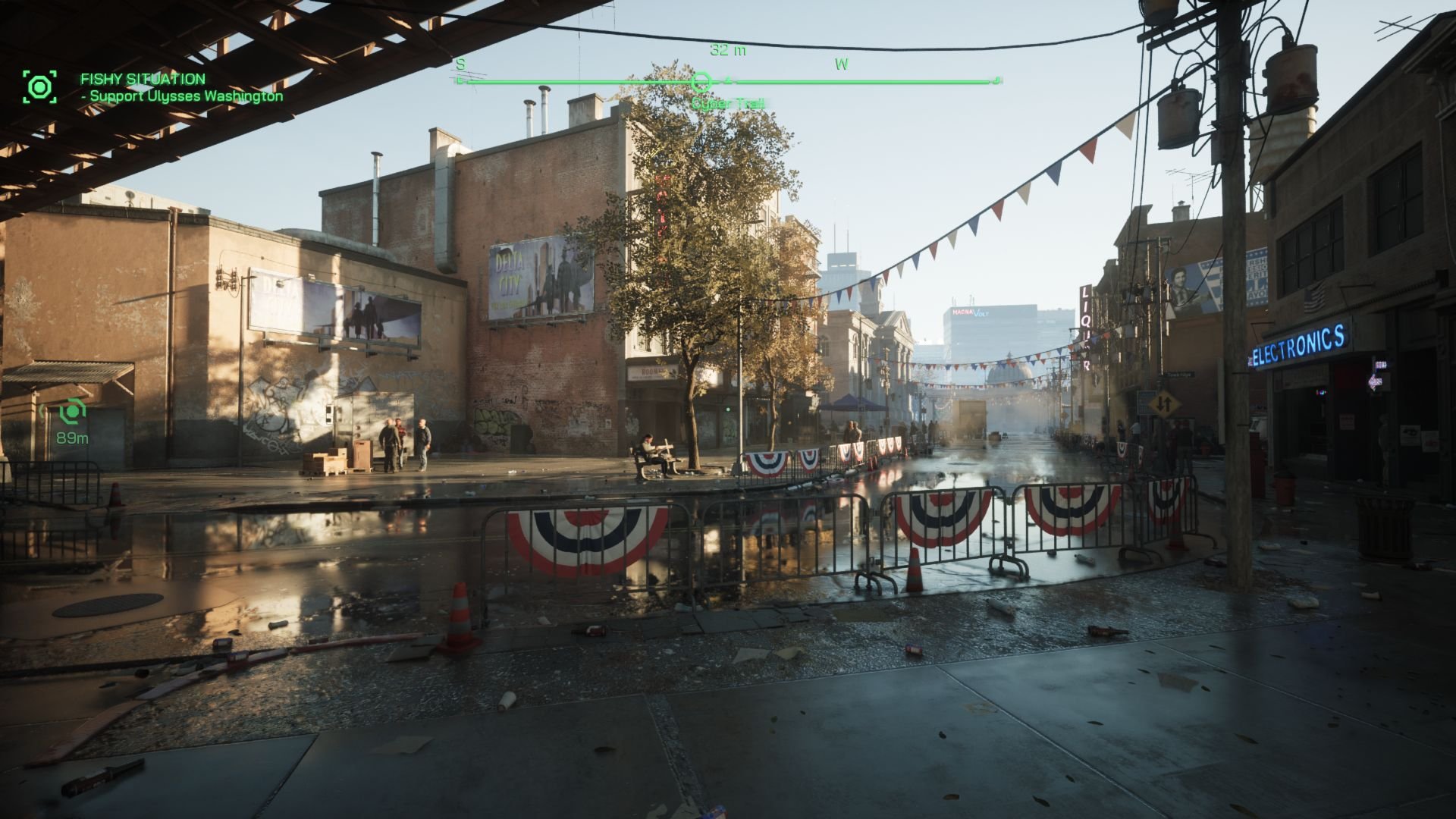



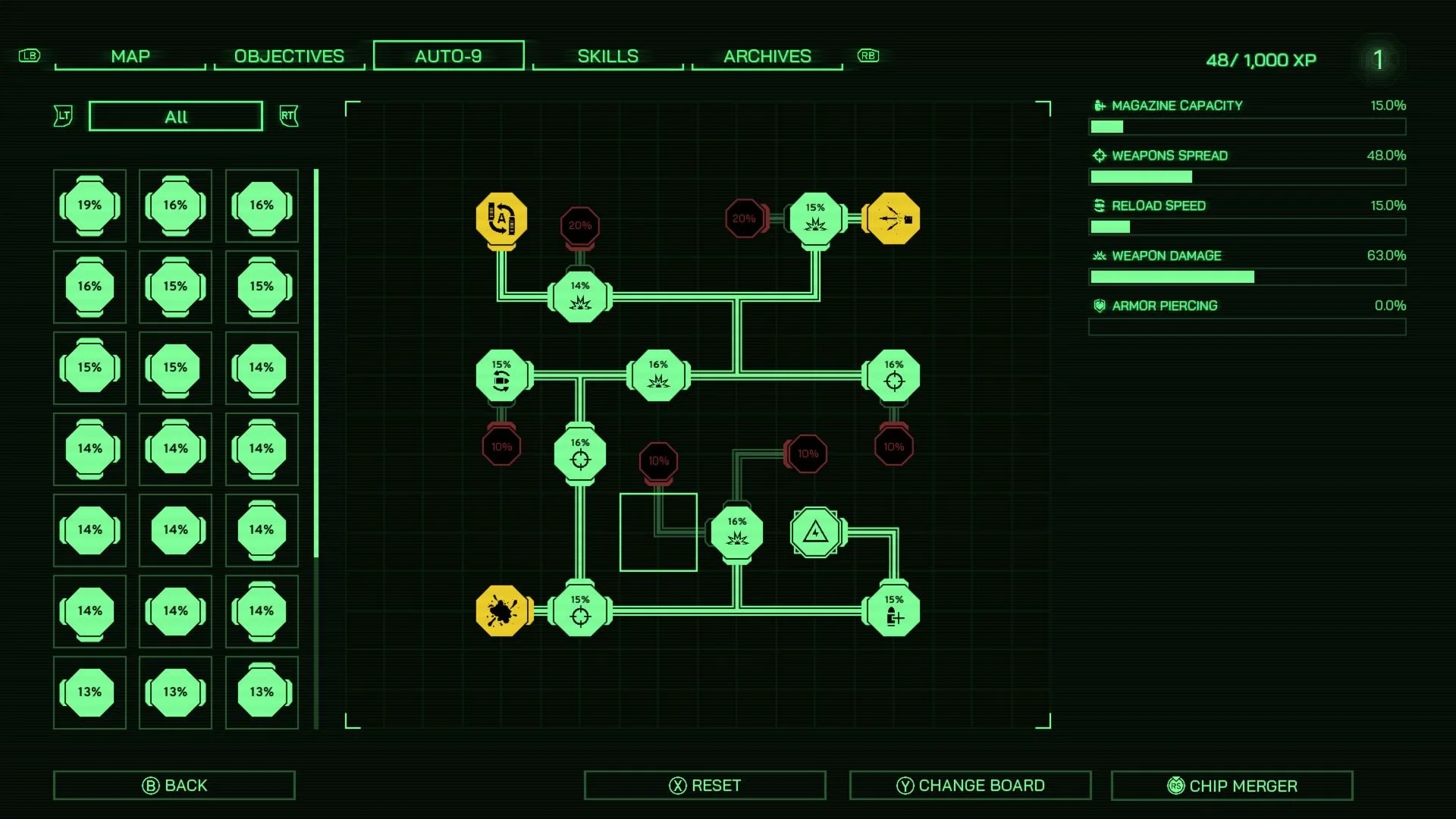

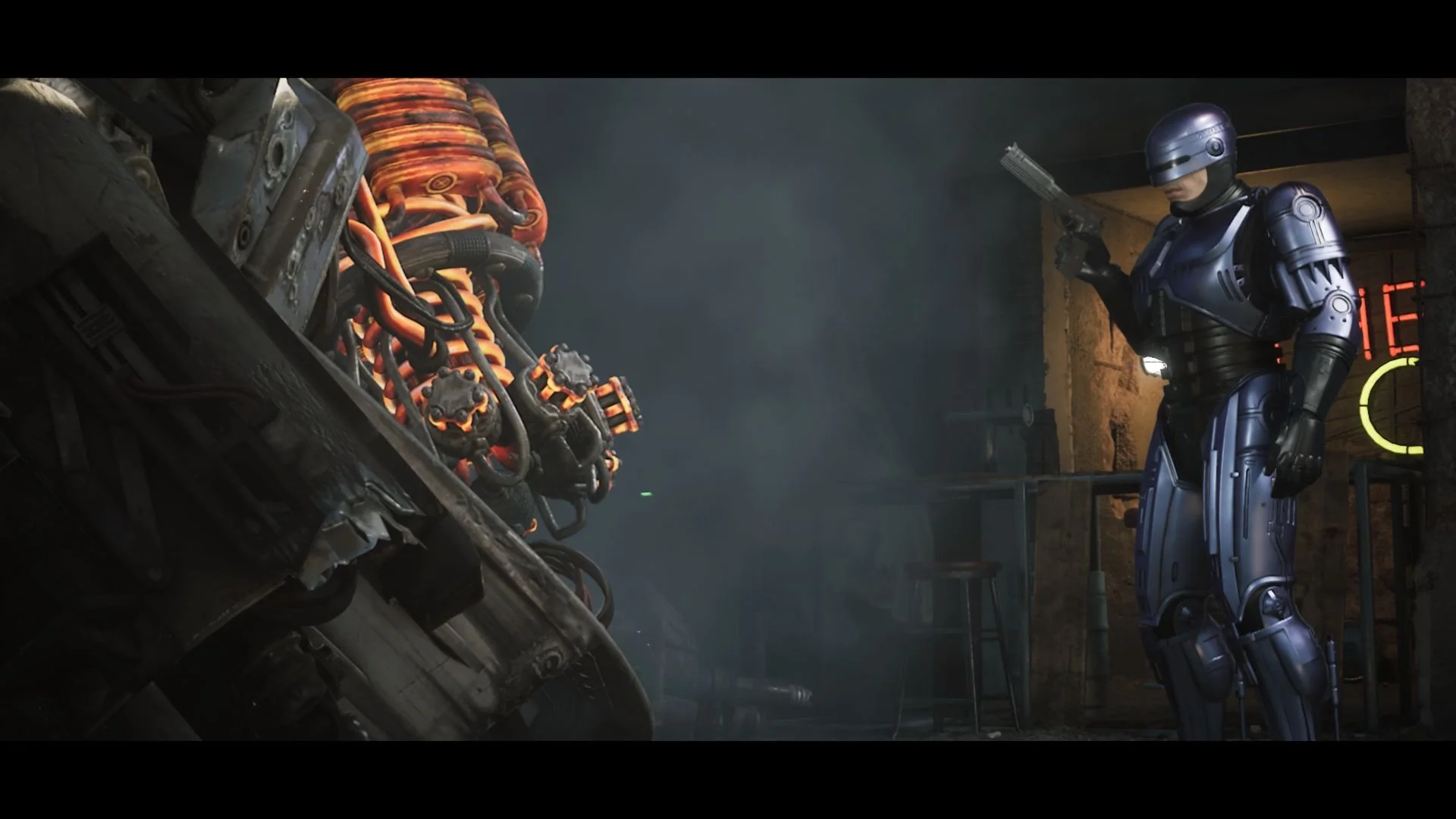
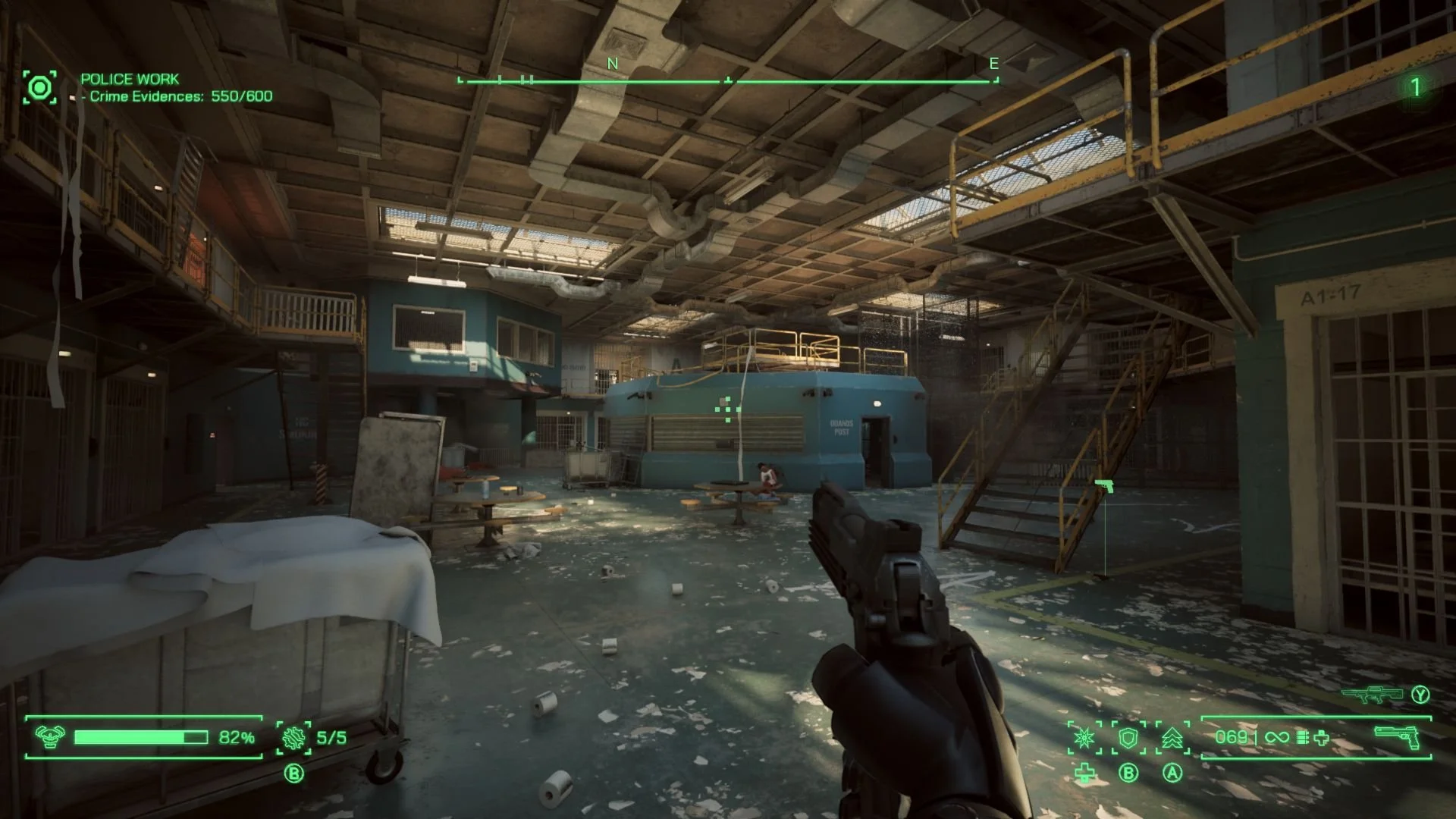
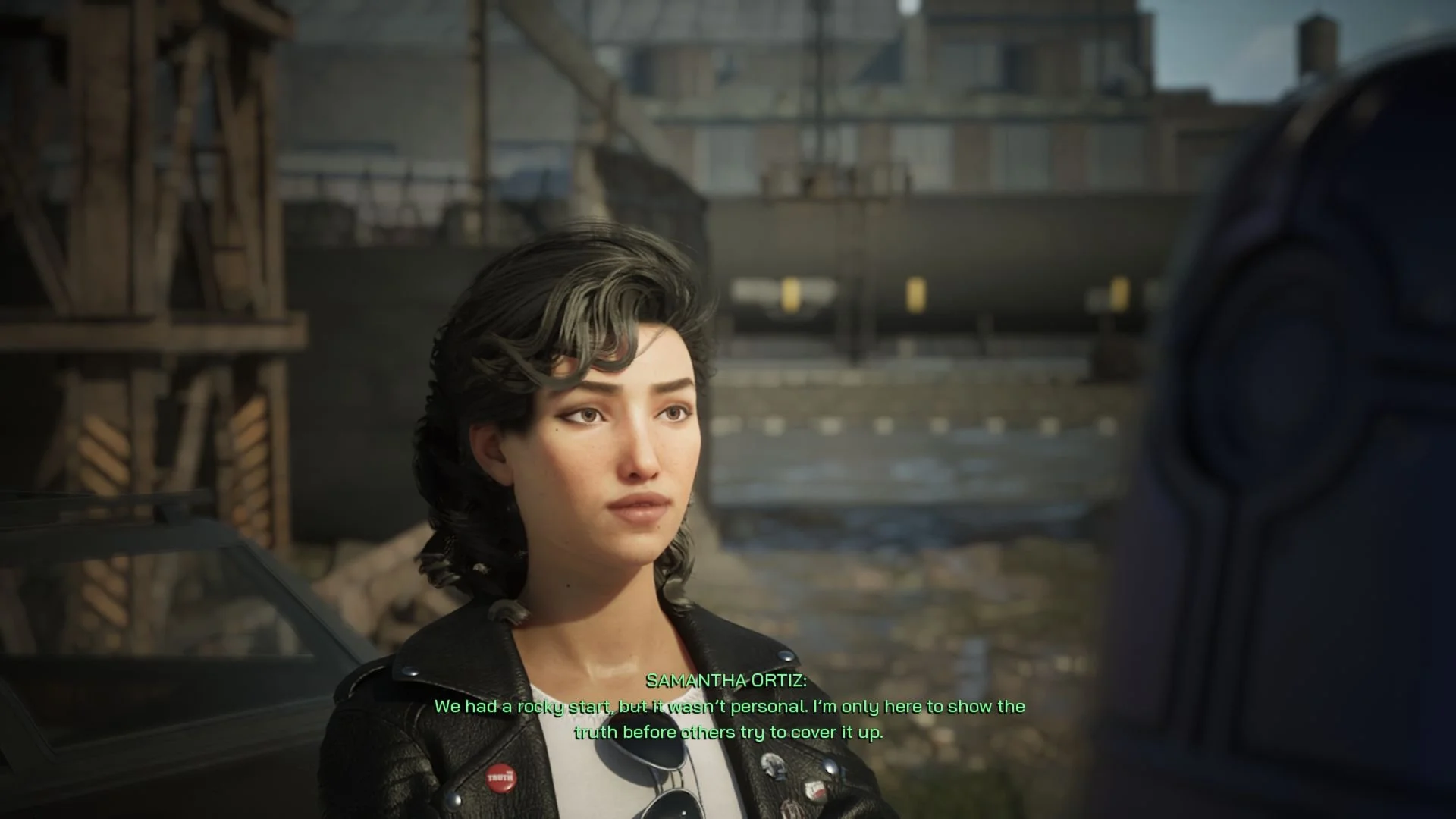
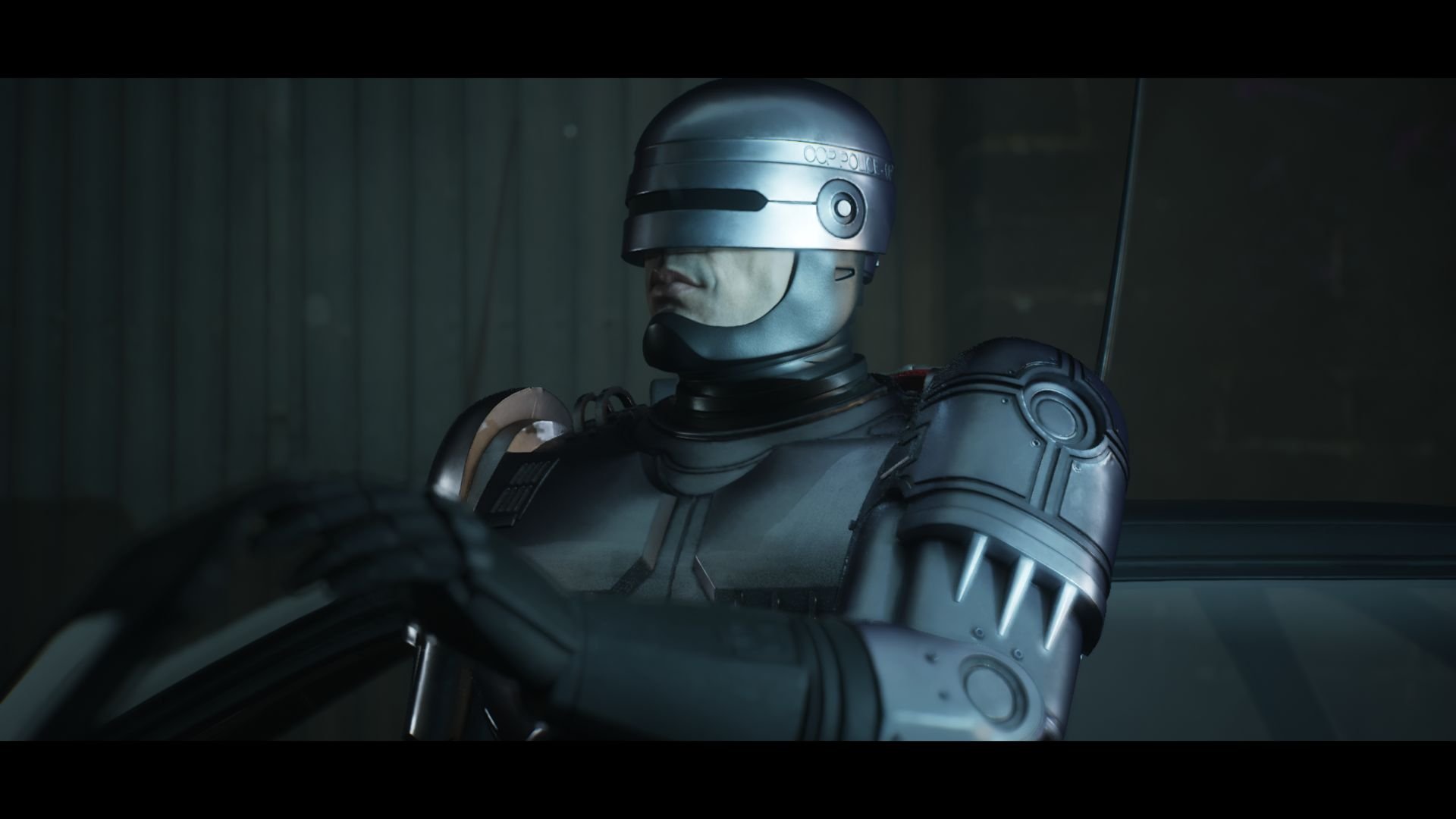
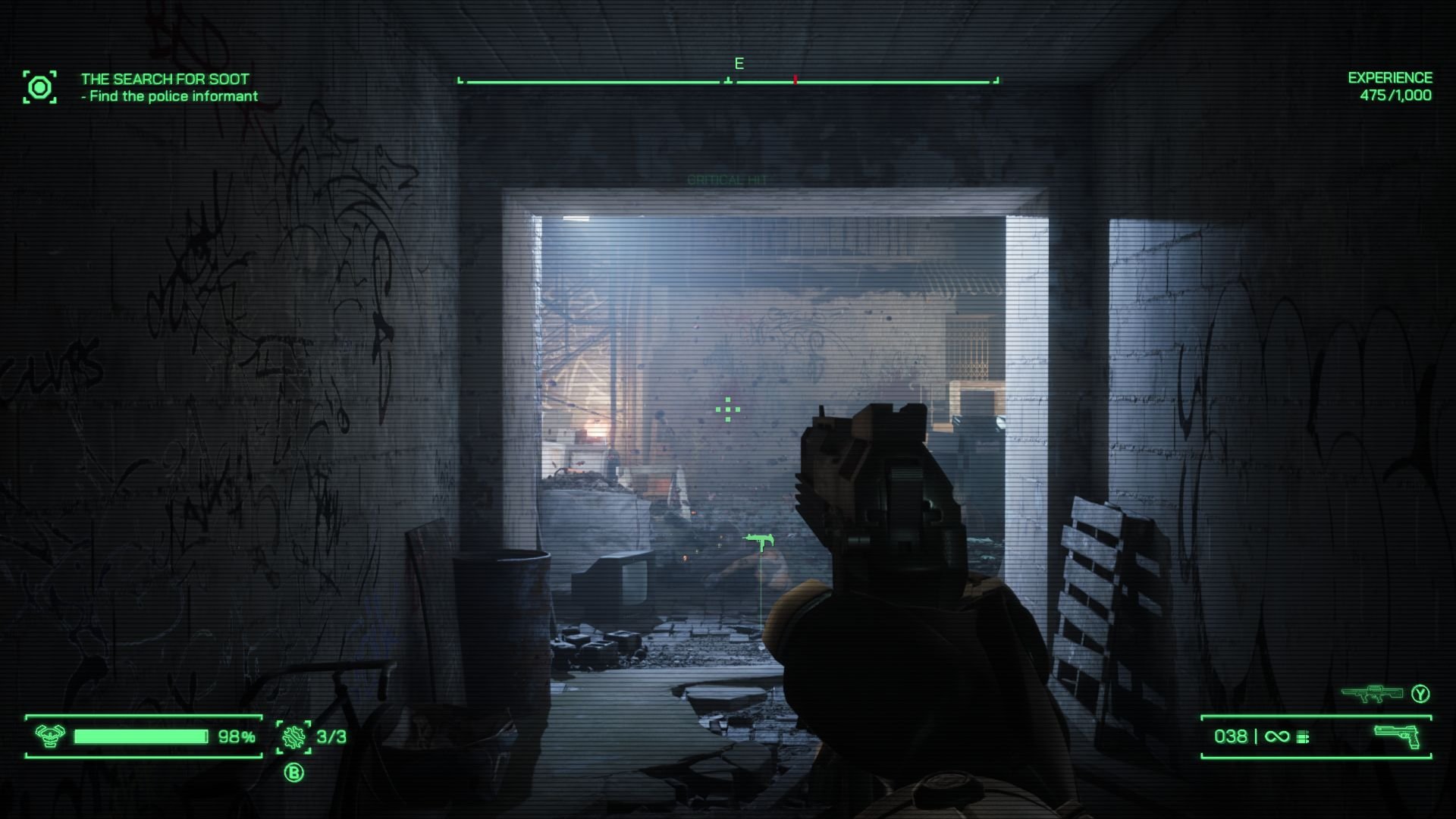


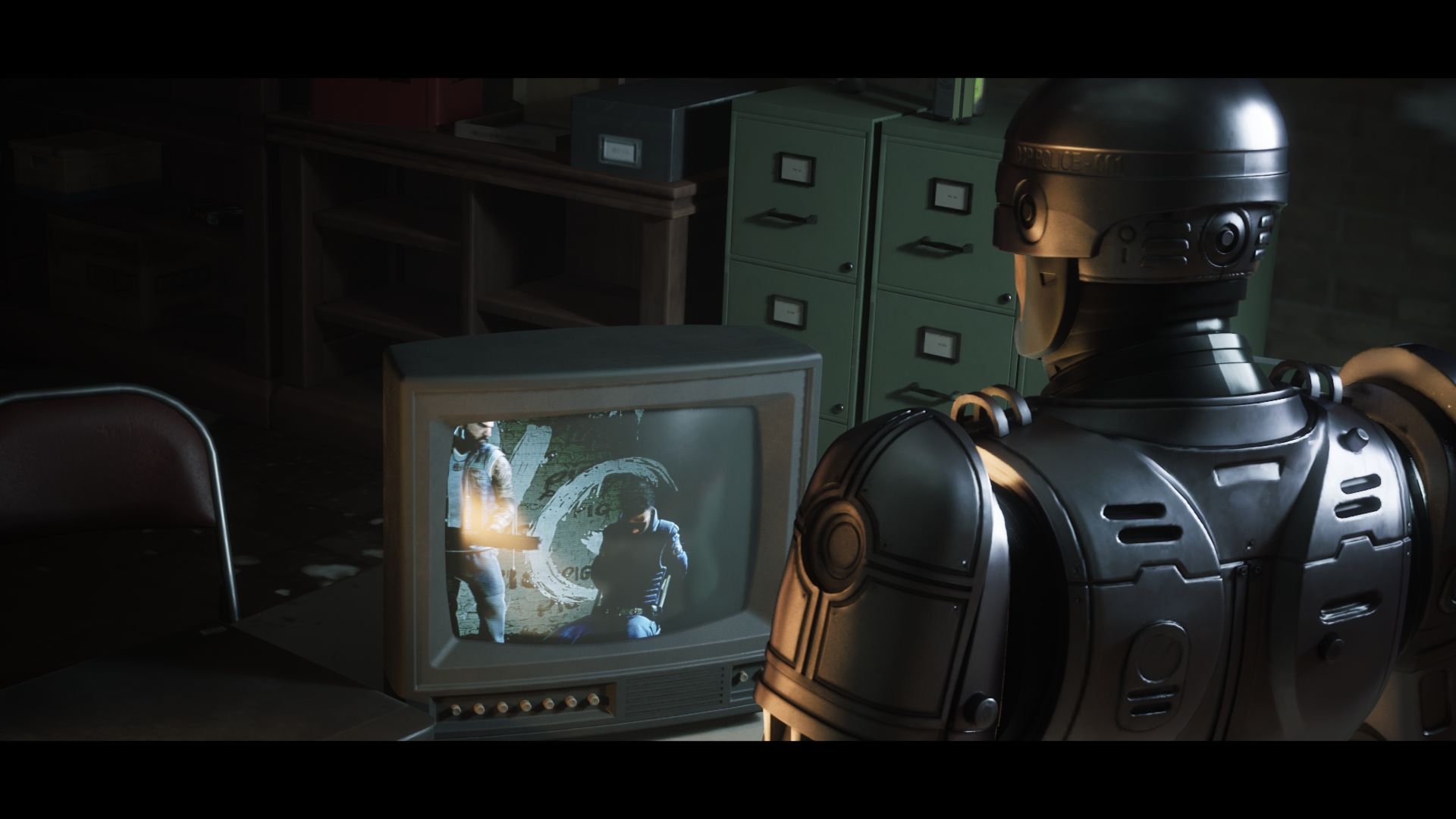



Jeff is the original founder of Analog Stick Gaming. His favorite games include The Witcher III, the Mass Effect Trilogy, Hi-Fi Rush, Hellbade: Senua’s Sacrifice, and the Legend of Heroes series, especially Trails of Cold Steel III & IV.